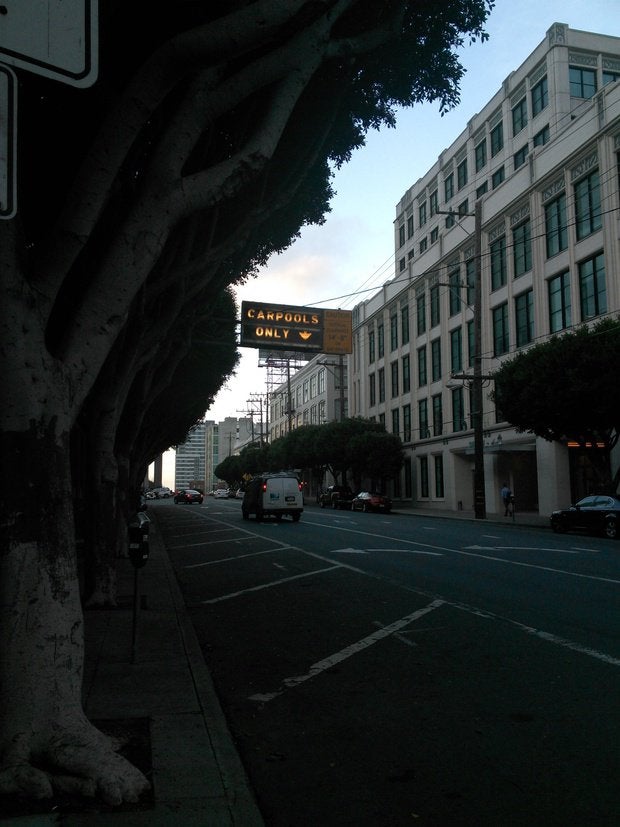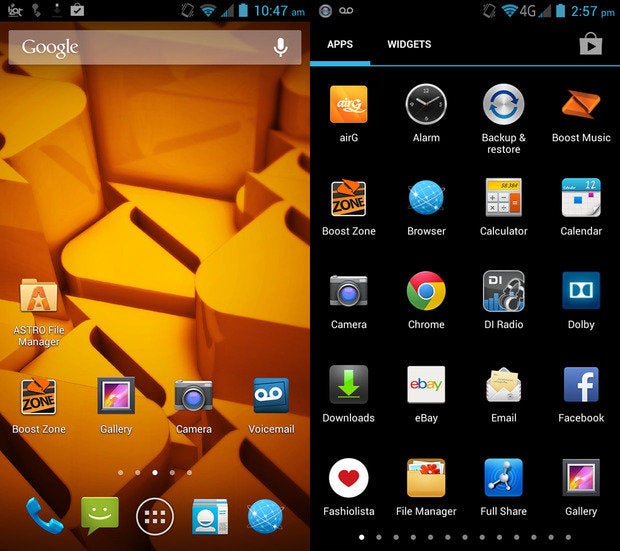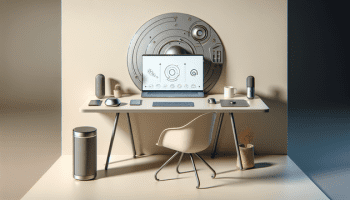The word “bargain” doesn’t have to have a negative connotation. There are a hful of mid-range to low-end phones I’d consider using for myself if my budgets was tighter, or if I was just trying on a phone for size. If I were in the market for a phablet-sized smartphone, the ZTE Boost Max would be a solid choice.
The ZTE Boost Max has plenty to boast about: a cool chassis, a bright 5.7-inch display, an 8-megapixel camera that’s capable of capturing even the most mundane of Instagram moments. At $300 off contract, it’s a relatively low-priced hset for those who aren’t too concerned with having the latest greatest specifications, but who’d appreciate having that bigger screen in a hsome chassis.
emium-looking, but affordable
 Image: Homnick
Image: HomnickAt first glance, ZTE Boost Max doesn’t look like a mid-range device.
The Boost Max is actually the ZTE Iconic ablet announced earlier this year at CES, rebred for the U.S. market. At 6.5 x 3.25 x 0.4 inches, it’s about half an inch longer than the Samsung Galaxy Note 3 about as big as I can hle phablet-type devices at this point. It’s not really fit for your pants pockets, unless you have particularly large or roomy pants.
 image: Homnick
image: HomnickThe ZTE Boost Max (middle) pitted next to the Samsung Galaxy Note 3 (left) the G Flex (right).
 image: Homnick
image: Homnick…Yeah, it won’t find in your pants.
As mentioned, the ZTE feels more premium than other mid-range devices with its matte-gray plastic all-aluminum backing, it’s certainly more stylish than Samsung’s midrange 6.3-inch Galaxy Mega. You can snap off the top portion of the back to reveal a MicroSIM expansion slot, but there is no removable battery.
 Image: Homnick
Image: HomnickYou can pop off the top to reveal a microSIM slot, but there is no removable battery.
ZTE inconveniently placed the MicroB port on the bottom left side of the Boost Max’s chassis. If you’re charging the device, it’s hard to use the phone for things like turn-by-turn navigation or watching a video. There’s also a dedicated camera shutter button toward the bottom of the right-h side, which I found awkward to use. It would have been better placed halfway up the chassis, like on Nokia’s ndows one devices.
 MAGE: Homnick
MAGE: HomnickIt’s not a high-resolution screen, but it’ll do.
At 257 pixels-per-inch, the Boost Max’s 5.7-inch I display has a higher pixel density than the Galaxy Mega’s 6.3-inch display with 233 I. It doesn’t have the best viewing angles, but the the vibrantly colored, clear display makes up for the fact that it’s not fully 1080p.
The specs are just alright
The Boost Max is fueled by a 1.2GHz dual-core Snapdragon 400 processor 1GB of RAM. Though its internals are about a year old, this particular System-on-Chip (SoC) its variants are beginning to see a comeback in several other mid-range devices, like the G2 Mini Motorola Moto G. Rest assured that the ZTE Boost Max is in good company.
As for performance, the Boost Max often felt snappy—except when it didn’t. There were times where the interface would stutter while transitioning between apps. The lag was apparent as I switched back forth between them, especially when I tacked on a hefty number of active widgets to the Home screen. ince of rsia: Shadow & Flame took longer than usual to load simple animations were choppy as they were loading.
But if you’re just interested in reading email, browsing the web, doing it all on a bigger screen, the Boost Max’s processor will suit you just fine. Hardware junkies know where else to look. so pay mind that the phone only comes with 8GB of onboard memory, but you can add more with the MicroSD expansion slot.
Battery life was a little above average, but not by much. The Boost Max’s hefty 3,200mAh battery pack managed 10 hours 25 minutes before it petered our on our battery rundown test. That’s about 20 minutes more than the Galaxy Mega, three more hours than the Moto G.
A totally capable camera
 MAGE: Homnick
MAGE: HomnickSnap a photo with the Boost Max’s totally capable 8-megapixel camera.
The Boost Max’s 8-megapixel camera is typical of a mid-range device, but it’s perfectly capable for sharing those all-important moments with your vast social networks. It tends to work better on sunny days than cloudy ones, however.

At dusk, I had a hard time deciphering the objects in several photos because of the low exposure.

The Boost Max fared better when there was ample sunlight out. ok at the colors!
Image sizes range from 640 x 480 to 3,264 x 2,448 pixels you can utilize a variety of camera modes, including HDR, norama, Best shot, w light, Macro, Sunset, ndscape. I especially appreciated the w light option the end result wasn’t half bad.

This low-light camera mode is pretty impressive.
Nearly skinless Android

A nearly skinless Android.
As far as Android overlays go, ZTE’s MiFavor UI could be worse. The Home screen App Drawer have remained mostly untouched, but there are still a few quirks that will take some getting used to.
For instance, the Notifications shade gets crowded when you exp the Quick settings toolbar, or when there are too many notifications screaming out at you. There is no Slide to unlock, either; instead, you’ll have to long-press from the ck screen. ZTE also followed in Samsung’s footsteps by requiring you to long-press the Home button to get to the app switcher, with the third hardware button remaining a dedicated Settings button.
Rest assured, there are a few neat features that come stard with MiFavor that aren’t total gimmicks. If you hold down the Back key, for example, you’ll launch the Smart Viewer pop-up for the split-screen mode. It’s similar to Samsung’s Multiview works with any of the apps you have installed.

Smart Viewer is pretty neat if you like to do two things at once from time-to-time.
ZTE also packed up the Boost Max with its own suite of apps, like a browser, email client, music video player, calendar, alarm clock. None of ZTE’s apps can be removed, though they can be disabled. Boost Mobile also included a few of its own applications, like the Boost Music store Boost Zone, but you can uninstall those if you feel you have no use for them.
If only it wasn’t on Boost
It’s a shame that ZTE’s Boost Max is limited to Boost Mobile at the moment, because it’s a solid mid-range phablet. I only ever experienced frustration with the Boost Max when I was trying to connect to the Internet. The network is typically geared for those who are looking for all-inclusive or pay-as-you-go plans, it piggybacks on Sprint’s mobile network. ile it claimed that 4G was prevalent in most areas, download speeds were achingly slow.
Overall, if you’re looking for your introduction into phablets don’t want to fork over a whopping amount of money, the ZTE Boost Max is a great starting point.

















